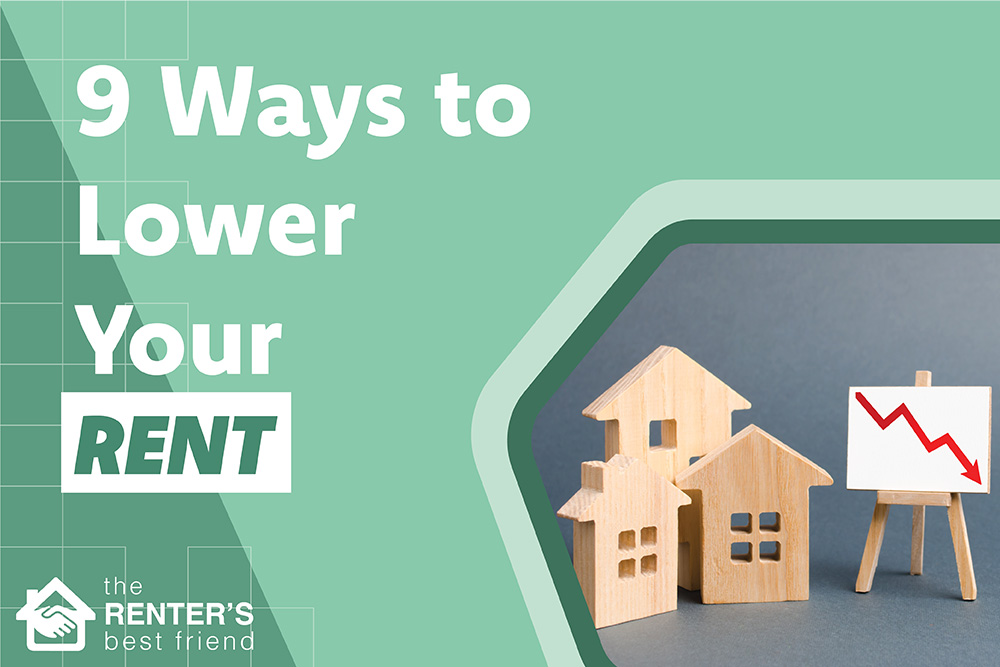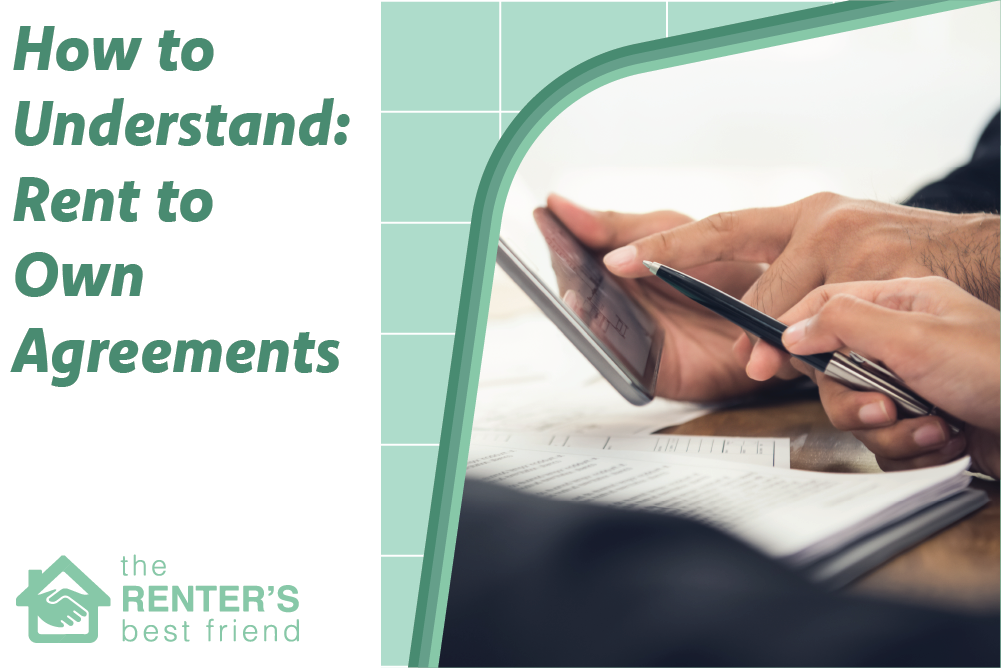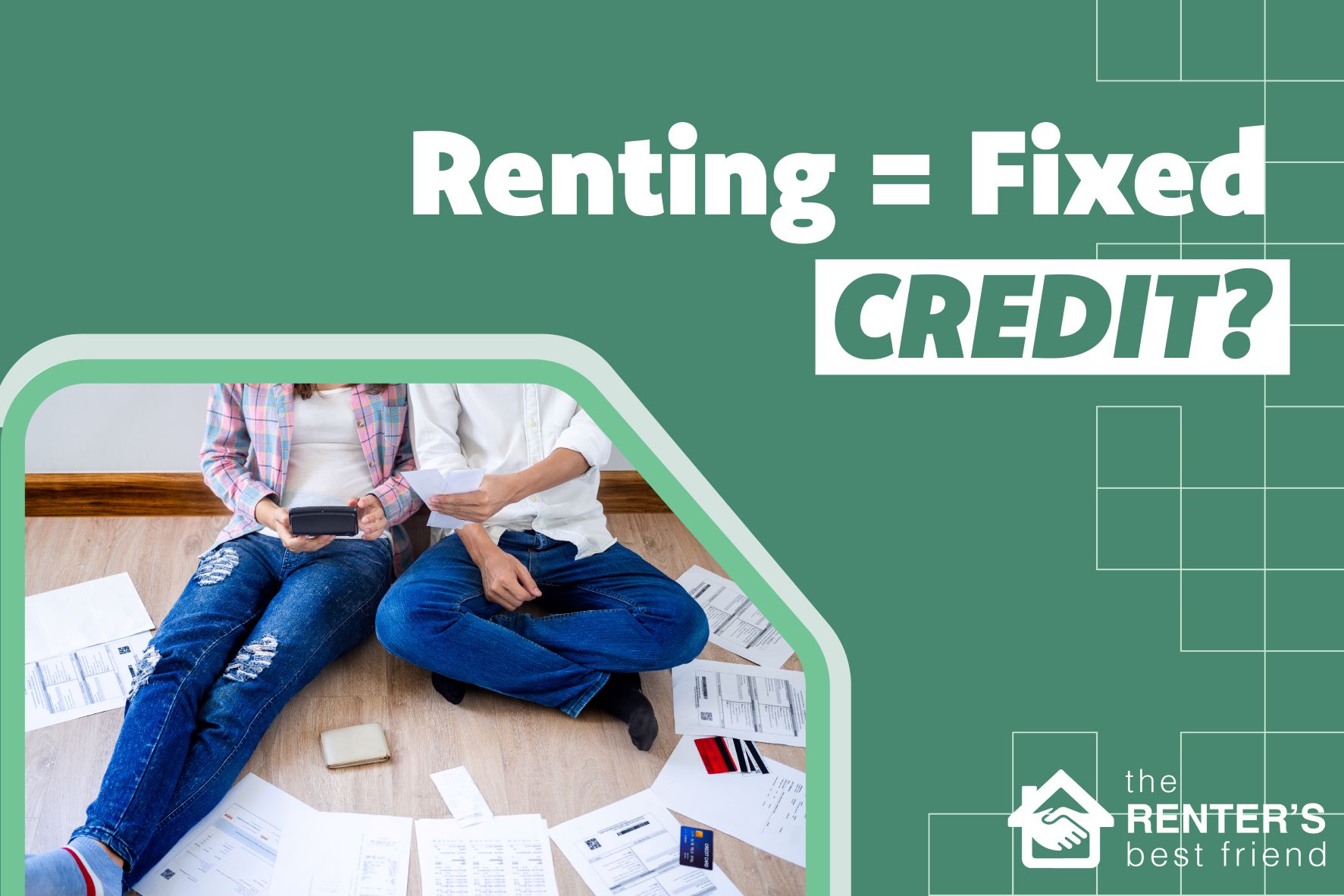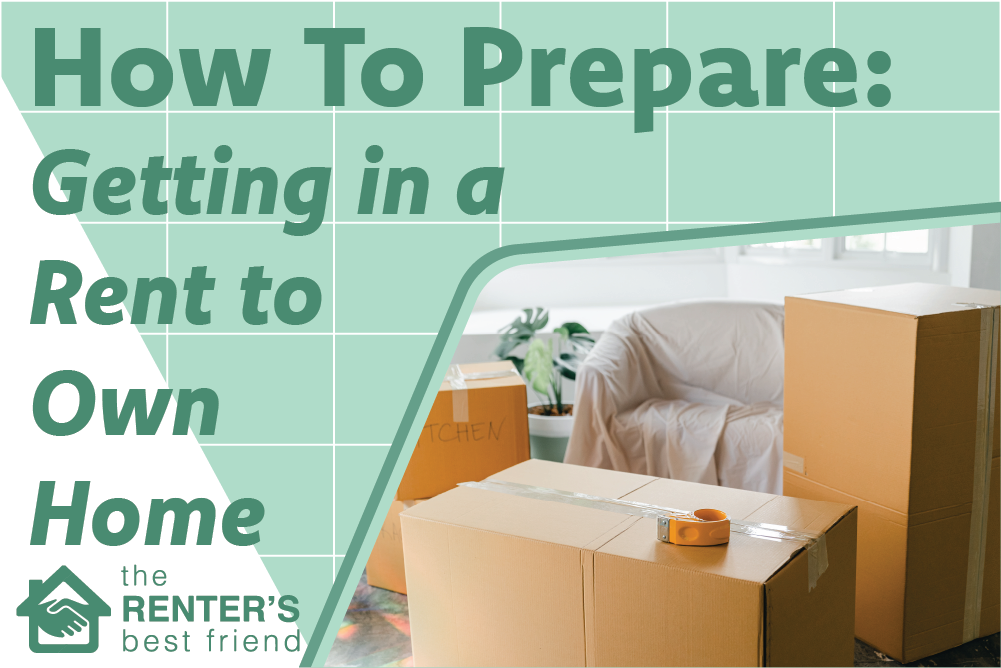Once you get to the point where you are ready to close on your new home, you are likely eager and excited to get those keys into your hand. However, just like the rest of the home buying process, the closing can be confusing if you don’t understand all of the steps involved behind the scenes. Taking the time to learn more about these final stages could help expedite this process and can go a long way toward how smoothly it goes.
In this article, we will walk you through the steps that go into the final days before you become the owner of a new home.
How Long Does it Take?
In part, the amount of time it takes to close on a house can depend on how organized you are, the amount of experience the loan officer has, and the reliability of the seller. Typically, this process takes about 30 to 45 days once it begins. On the actual closing day, when the final paperwork will be signed and you will be handed the keys, the process takes a couple of hours as long as everything goes smoothly.
Step 1 – Making the Offer
When you find the property that you would like to purchase, you or your realtor will make a formal offer. To get to this point, you should have carefully considered both what you can realistically afford and what the current housing market will bear in your new area. You will have discovered the asking price and even toured the home at least a couple of times.
Once you have made the offer, it is out of your hands until you receive the seller’s answer. They might accept your initial offer, but unless it was incredibly generous, chances are that this will not be the case. They could also potentially reject the offer entirely, which could be caused by either an incredibly low offer or potentially having a much better offer lined up. More often than not, they will make a counteroffer, opening up negotiations for terms that will make you both happy.
When an offer has been accepted, you will then have 7 days to have the house inspected. Hire your own professional home inspector for this. If there are issues, you can raise them with the seller in an effort to either have them repaired or to have those costs removed from the overall price you are offering for the home.
Step 2 – Mortgage Application
If the offer has been approved and everything comes back as acceptable from the home inspection, you are ready to begin the mortgage application part of the process. You will have to submit a lot of financial information – paystubs, W2 forms, income documentation, downpayment documentation, reserves, and savings. Once you have filled out the application, it can take around 10 business days for things to advance to the next stage. During this time, the title work should be ordered by the mortgage broker.
At this point, called Underwriting, the lenders will be making a close inspection of all of your finances. They will run your credit, they will check any references you have provided, and they will pour over your documentation.
Step 3 – Getting Homeowners Insurance
While you are waiting for the mortgage application to be considered, you need to select a homeowners insurance plan for your new home. Most lenders require a buyer to have such a policy that they can show proof of just before or during closing. The plan’s cost will depend on the condition and features of the home and what type of coverage you decide upon.
Step 4 – Go Through Conditions
Once you have been approved by the mortgage lender, you enter into the conditions part of the process. This is where you and the seller will need to fix things that are out of order before the closing date. You may need to provide additional financial documentation, homeowners insurance may need to be reviewed, outstanding debts might need to be repaid, repairs might need to be finalized, etc. This process can take about a week to settle.
Step 5 – Examining the Disclosures
By law, the lender will send you a Closing Disclosure at least 3 business days before the closing date. It contains important information such as the loan term, loan amount, interest rate, estimated monthly payments, closing costs, amount of money you need to bring to the closing, and loan disclosures. Review this document carefully for discrepancies and contact the lender immediately if you find any.
A Seller’s Disclosure is a document filled out by the seller, listing all of the known defects of the property. Not all states legally require this, so speak with your realtor about whether you can expect this or not. This list may include things such as repair history, water damage, foundation issues, infestations, lead paint, asbestos, or malfunctioning systems (like air conditioning or heating). Read this carefully as well, as there might be major issues that you were unaware of. If you find issues that concern you, you can request more information from the seller or hire a home inspector to specifically check on these issues.
Step 6 – Closing Day
It’s finally here – you have gotten the all-clear to schedule your closing date. Make sure that your documentation and funds are in order before you head into the lender’s office. Here is a checklist of what you’ll likely need:
- Title Documents: A title company will perform a title search to make sure that the seller actually owns the rights to the home and is legally able to sell it to you. This company will also look for any existing liens on the property, to prevent the new homebuyers from incurring previously unpaid debts. An escrow company or real estate lawyer will review these title documents to make sure that things may proceed accordingly.
- Closing Costs: These fees will be paid to the lender and any other third parties when the loan is closed. In addition to the typical 2 to 6% of the total purchase price of the property, you will also need to pay fees such as the appraisal, origination, title insurance, and application fees. It is possible that you may also have to pay as much as the first year’s worth of mortgage insurance as well.
- Earnest Money: This is money that you are using to show the seller that you are serious about the purchase of the home. It protects the seller from you deciding to back out of the deal. This will be held in an escrow account until the deal is complete. It will then be applied toward the downpayment or closing costs.
- Legal Identification: You’ll need to bring a driver’s license, passport, or government-issued photo ID.
- Proof of Insurance: If you have not had to prove it already, you will also need to provide proof of your homeowners insurance policy.













